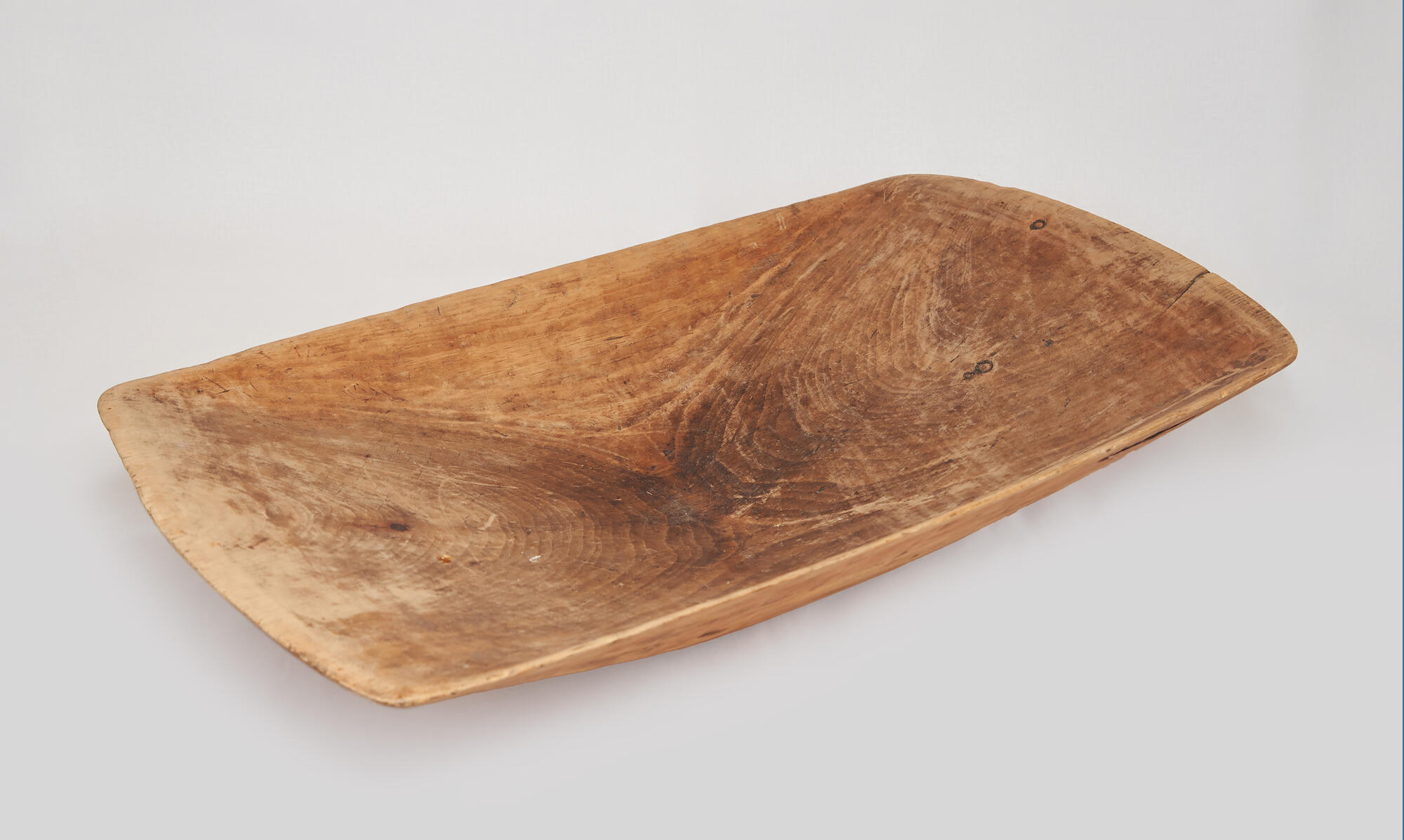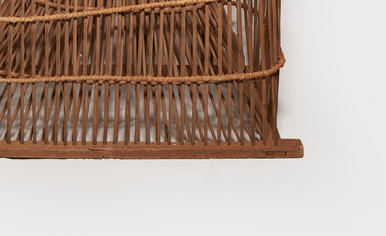To make homeware and plates, the Khanty have long used birch bark, cedar roots, and various wood species: cedar, birch, larch and aspen. Spoons, ladles, cups, dippers, plates, and boat-shaped dishes for hot meals were made of wood. As a rule, such items were not decorated, but made functional and convenient instead.
The food in such kitchenware was not scolding hot, but stayed warm for a long time. The strong characteristic aroma of cedar wood was imparted to the food and ennobled its taste.
Rem Vasilyevich Bobrov, the Soviet and Russian forester and specialist in forest improvement and forest recreation, noted that cedar is particularly distinguished among coniferous trees due to its beautiful structure, low resinousness, smaller volumetric weight (compared to pine), softness and ease of processing.
In addition, the material is resistant to moisture, rotting and canker, due to the “high content of phytoncides” (Rem Bobrov, “Conversations about the Forest”). Cedar barrels and tubs served as great storage containers: harmful bacteria would not multiply in them.
The manufacture of wooden tableware required considerable physical strength and woodworking skills; hence, men were responsible for making it.
The presented boat-shaped tray was chiseled out from a single piece of wood. This method made it considerably durable, even though the walls were made rather thin.
Traditionally, Khanty and Mansi plates are rectangular with rounded edges.
The inner surface of the container was sanded until smooth, with a soft transition from the walls to the bottom. Elongated trays with a flat bottom, resembling boats, are ideal for popular Ugric dishes — boiled meat and fish. On a flat surface, the pieces would cool down quickly. As the tray has a slight depression in the middle part, food remains hot for a long time. Fat flows down into the depression and accumulates there. So, people would dip pieces of food into it during a feast.
Khanty-“fish-eaters” say,



